PROTECT YOUR DNA WITH QUANTUM TECHNOLOGY
Orgo-Life the new way to the future Advertising by AdpathwayThe Mountain Cat 100 is an annual race held in the heart of Richmond, Virginia. With a plethora of world-class and pirate trails, the event spotlights an East Coast mountain biking hub brimming with inspiration for others to take home. In his quest to uncover what sits at the core of one of the most exciting underground races in the country, Nic found more than just speed and trail magic…
Photos by Jonathan Mehring
The legend of the Mountain Cat 100 had lived in my head for a few years. Not knowing whether it was an actual alley cat, a mountain bike race, or something else entirely, I’d asked a friend who’d done it two years in a row. “Dude, it’s brutal. But, probably the most fun day I’ve ever had on a bike.” As someone generally allergic to mountain biking, I’d softened a bit since moving to Western North Carolina but still wasn’t convinced. Having taken part in a few alley cats myself, I sussed out the vibe from what I could discern through friends and social media. It seemed a solid enough day that would allow me to put a big day of riding concretely on the calendar.
For those unfamiliar, the Mountain Cat 100, or more simply, Mountain Cat, is an annual event in the heart of Richmond, Virginia. Talking to Emily Monroe, event organizer and “mama cat” extraordinaire, she said it was born from her desire to train for an event out west. “The Pima County Ultra Cruise. I was linking together whatever I could to try and put in big miles in preparation. I had a Surly Karate Monkey set up single speed and just started putting together 100+ mile days because it seemed like a huge endeavor for which I needed to be ready.”
Emily presented as a Richmond local. Covered in tattoos and as kind as the day is long, she was a local legend in her own right. “I have the same birthday as one of my dogs, so once I started putting these big routes together, I figured others might want to do the same and also hang out afterwards. The first Mountain Cat was part of the parade of bike-friend birthdays that coincided with my dog Dottie and I’s celebration. Y’know how people ask others to donate to a cause in lieu of a birthday gift? That was the idea. In our first year, maybe 30 people came down from Washington, D.C. and elsewhere, couriers I had met in the scene, and everyone was like, ‘Wow. That was so f***ing hard, but so fun.’ I think we raised 400 dollars as well. I knew then that it was the start of something unique.”
With a 35-dollar entry fee and a mandatory trail “valentine” to confirm one’s registration, Mountain Cat is somewhat atypical for an event that garners so much acclaim. Save for a few expenses, all the money from registration, donations, and any other means of associated fundraising goes into a bank account for the James River Parks Service trail crew. They’re the small team responsible for maintaining the vast network of trails in Richmond, many of which are subject to the unsanctioned routing of the Mountain Cat 100.
“Our trail system here in Richmond is incredible. But, do you know how many people are responsible for maintaining most of what you ride at Mountain Cat? Four. Four people putting in a lot of hours. My goal with this event isn’t to make a load of money for myself. It’s to provide gap funding for the team so they can have what they need to keep these parks great and make them even better.”
As stated, part of confirming your entry is sending the trail crew a “valentine” of sorts to avoid losing your spot to what is, as Emily put it, a “hangry” waitlist. Be it a small trinket, some candy, a hand-written love letter, or a gift card to their favorite local bike shop, Outpost, Emily spoke to the intention: “The money and fundraising efforts are great, but these jobs are hard! Because our parks are so great, people come from all over to use them in the summer. It’s peak season and tends to bring out the worst in people. From diapers to condoms and actual human poo, simply maintaing these parks can be a very taxing job. Opening a load of mail that shows them how much people appreciate their work is more valuable than monetary donations. It means something.”
Arriving at the early 6 AM start, I could feel that sense of community and camaraderie. More like a reunion than the start of a race, old friends and riding buddies cheered and gathered as we shifted toward sign-in. Excited volunteers worked like an assembly line, getting people checked in and collecting drop bags. This year’s edition of Mountain Cat had a twist—riders weren’t getting the full picture of the course until they’d reached the aid station at mile 66.6. With an 8 PM cutoff to respect the trail system and keep riders safe, what would amount to 109 miles of linked singletrack would be a slog regardless of what you were riding.
Though I’d received little more than some excited looks before the race, I was starting to question my bike choice. Since my Ritchey P-29er was temporarily out of commission, I brought the only bike I thought made sense: a single-speed, fat-tire gravel bike. Not knowing much of Richmond’s rough and tumble trail system, I thought, “What’s the worst that could happen?” Yet, what dotted the Dogwood Dell amphitheater was almost exclusively suspension-corrected bikes. With a good percentage of that crop being full squish and not just hardtails, a pit opened up in my stomach. It was going to be a long day.
That wasn’t to say there wasn’t the occasional oddball. One or two skinny-tire gravel and fixed-gear track bikes had also made it to the start. We exchanged looks of understanding and admiration, knowing it would likely be difficult. “I struggle to call it a race because I think managing expectations is important. I want the vibe to be as welcoming as possible, but you’ll also be doing something quite hard. The ‘cat’ elements of Mountain Cat relate to the aid stations, general vibe, and manner in which we run the event. Sure, people do it really fast, and that’s great. There are prizes for that. But I always throw in a twist to emphasize it’s not just about going fast,” Emily said.
While the prizes did have some swag attached to them, the “winners” of Mountain Cat were varied. Receiving a custom denim vest, Emily spoke to twists from years prior: “There was one year where someone from Durham, NC wanted to be involved, so they volunteered to be the keeper of a sword a local rider / welder had made from excess bike parts. They hung it up somewhere on the course, and a vest was up for grabs for whoever could find and bring it to the finish. As we waited at the end, I was excited to see finishers, but I kept seeing people come in and thought, ‘No sword, no sword, no sword. Damn! Where is it?’ Finally, we got a text from guy who made it saying the sword was gone and we went nuts just waiting for them to come in. That’s the most fun part. The silly stuff.”
The special prize for the 2025 edition was the “solid as a rock” award, a literal cobblestone from a Richmond street, for whoever shared the most stoke and uplifted other riders. Somewhat amorphous in description, this is what arrived to me as the exigent nature of Mountain Cat. People were simply stoked to be there. Volunteers, standing out for hours in the heat and humidity, doling out pickles and coconut water. Everyone who was riding or volunteering wanted to be there. That’s exactly how they wanted to spend their day. It was a vibe that you could pick up in the air. It felt electric. It felt like I was taking part in something that plugged into pure joy.
Darting through the first few sections of singletrack, it was clear how far out of my depth I was. While the bike handled everything exceedingly well, this was technical mountain biking. It was not the kind of terrain you could just power through and slog out; it required technical, full-body maneuvering. Given that I’m not the most talented bike handler, I took a deep breath and set into the effort. It was different from what I’d experienced elsewhere, where the climbs, weather, or distance would test my fitness. This was as much a physical test as it was one of skill. Letting groups of suspension-corrected, dropper-equipped, full-gear-range groups go by, I just tried to enjoy the day. Eventually, I found a solid rhythm and let the trail guide me along as I combated thoughts of just how stupid it was to run a 36 x 18 on some very steep, punchy, and technical sections of singletrack.
The other challenging element was the mental aspect. As mentioned, this was my first time on all of these trails. The local advantage here was massive; it helped connect parts of the trail and map that seemed entirely incongruous. Because the first road section had done little to separate the group, most of the 250 riders were in the first sections of singletrack at the same time. Bi-directional, narrow trails that were supposed to be ridden in a specific order were chaotically criss-crossed, with the blind leading the blind. As I passed a group headed the opposite direction, three said I was going the wrong way, another three said they were going the wrong way, and yet another three started lamenting their decision to follow said group. It was a profoundly unserious interaction that underlined the function of any of this: fun.
“It’s a blessing and a curse having bi-directional trails here. With the lore of Mountain Cat growing beyond my wildest expectations, I knew I had to do something different to shake things up this year,” said Emily. The hype around the Mountain Cat had extended far beyond what she could’ve ever imagined. With those close to her in the Richmond scene stalking her Strava and Ride with GPS accounts, she tried to throw out a few red herrings to keep people on their toes. “I would intentionally make certain rides public, name them cryptic things, make routes go through impassable rivers. It was wild! Then I’d hear things come back to me through the grapevine. It was hilarious. With some inside jokes within the trail crew, I figured a reverse of the route would throw everyone off. I was quite happy with it, too.”
This was my first Mountain Cat, but tales of the infamous Pocahontas State Park section had made it to my ears. Emily mentioned that it was a key part of what made her 100+ mile days possible, as the road ride out to the state park was 15 or so miles in and of itself. However, this year’s route avoided the area entirely and, in Emily’s opinion, made things much better. With the course doubling back on itself, it felt more of a shared experience seeing those significantly faster and more technically gifted struggling on the same terrain. After a grueling series of singletrack sections, steep road climbs, pirate trails, and so much more, I’d made the time cutoff at the 66.6-mile aid station. Rife with Mountain Dew Baja Blast, gummies, water guns, and Chamois Butt’r, I loaded the second portion onto my COROS. Another 40-some miles—most of which were just the hardest bits of what we’d already done—lay in wait.
As I trudged back toward the city, I thought about events I’d attended elsewhere. About how, despite the best intentions, they’d become extractive mechanisms that isolated people from the true experience of the host city or town. After all, a common experience in events you travel to is spending upward of 50 dollars on gas station snacks and mid-ride food that is simply empty calories in addition to the associated cost of travel and stay. With Mountain Cat being the most unofficial, unsanctioned event I’d ever attended, it was also the most well-stocked, best-supported event I’d ever participated in. With at least five aid stations littered across its 109 miles, each one was fully stocked with water, food, and anything else one might need.
“I know that endurance riding costs a lot. You only want to bring so much along with you. So, in addition to drop bags that riders could give us at sign-in, I try to make sure every aid station has an appropriate amount of food. I don’t want the volunteers to foot that cost, so we try to take donations and bargain hunt wherever possible. It’s truly a group effort,” Emily said.
Aside from the well-stocked nature of the course was the sense that this could happen anywhere. Though Richmond is famous for its trail systems, Emily’s goal isn’t necessarily to show off the abundance and quality of trails in the city she calls home for the sake of engendering a sense of FOMO or jealousy. Instead, it’s to have people who attend the event say, “Wow, why can’t I do something like this where I live?” Speaking to that concept, Emily said, “What certain studies have found is that with less travel comes less volunteerism. People get inspired by visiting other places and bring back cool concepts and ideas to their communities. With Mountain Cat, I want people to see how interactive and community-oriented the trail system here in Richmond is and take these ideas back to improve those places. That’s what I really want to spread.”
Despite the race being only six years old, the legend has already spread far and wide. With a necessary cap on attendance, over $8,000 raised for the JRPS trail crew, and lord knows how many inspired racers left starting their own community-oriented events, the goal has been achieved. Though Emily plans to take a year off from organizing Mountain Cat, she says there are plenty around her who are willing and able to take up the mantle. For me, though I simply wanted to put a big, immovable day of riding on the calendar, what I found is consistent with the corner of the bike industry I’m so fond of: a sense of passion, ownership, stewardship, and love for the people and places we all occupy. The sense that despite the world seemingly falling into ruin around us, it can be marginally bettered through a trail valentine, a shared aid station Baja Blast, or a hot dog.
Further Reading
Make sure to dig into these related articles for more info...
Please keep the conversation civil, constructive, and inclusive, or your comment will be removed.


 2 weeks ago
10
2 weeks ago
10


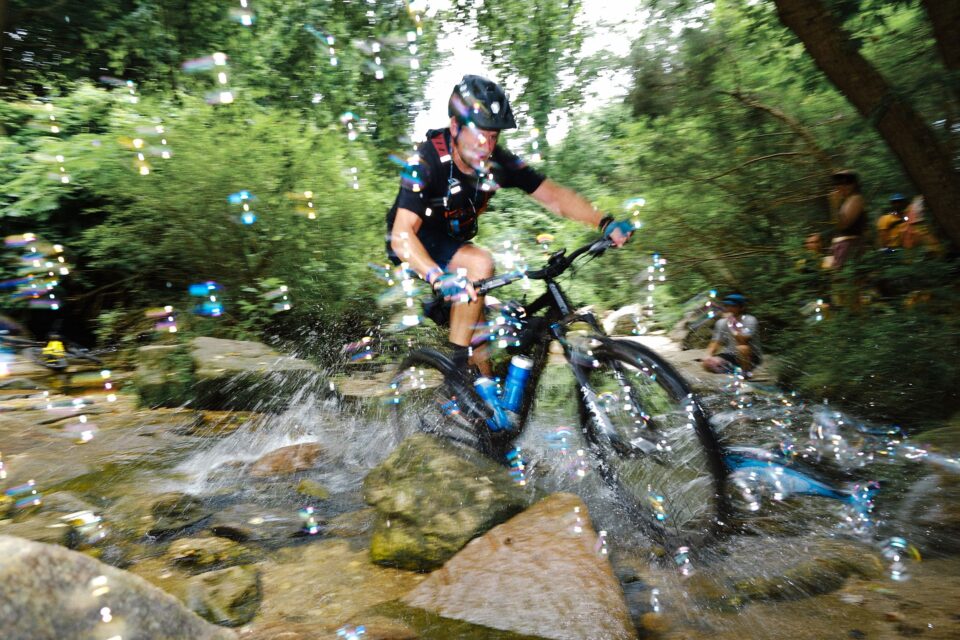


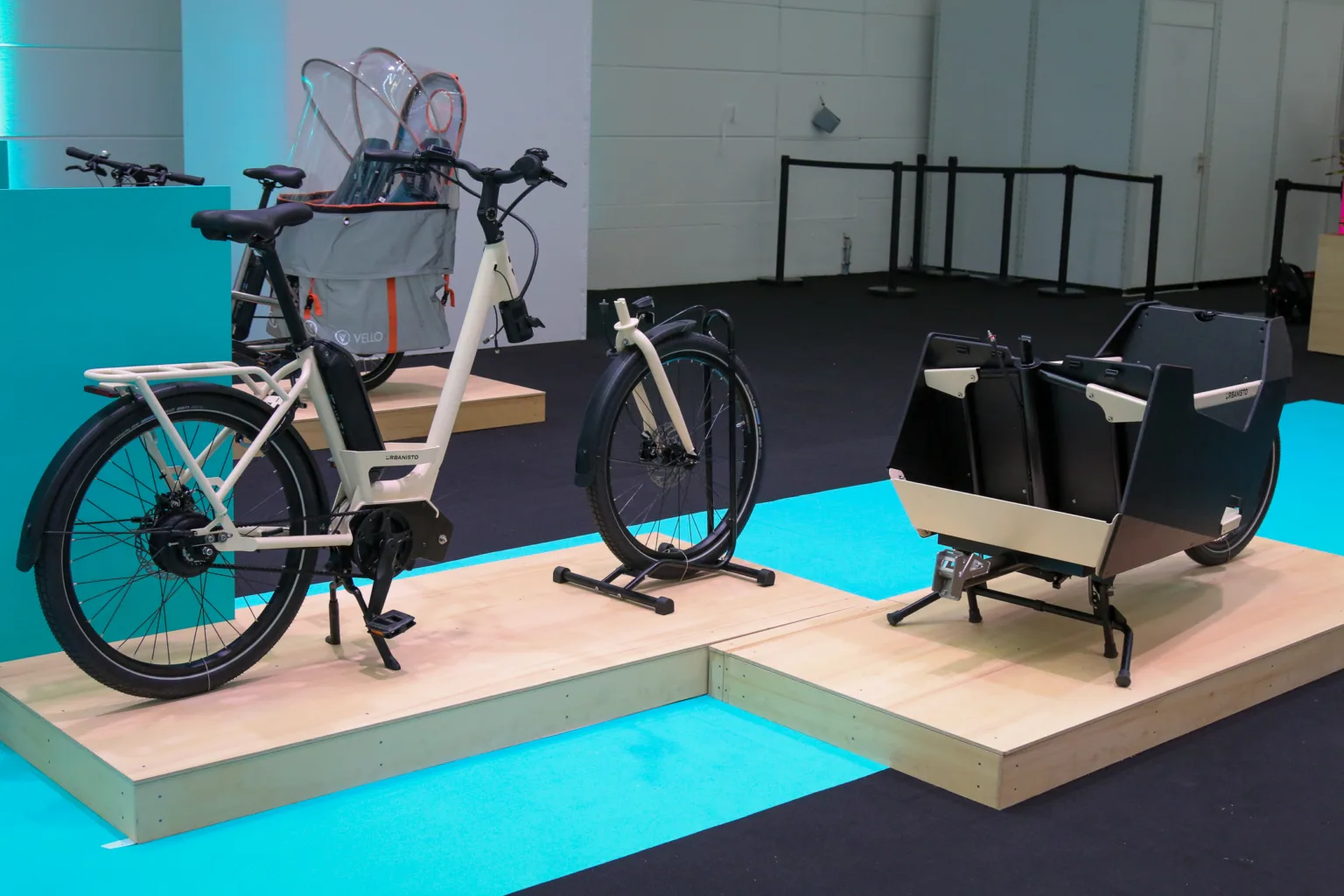

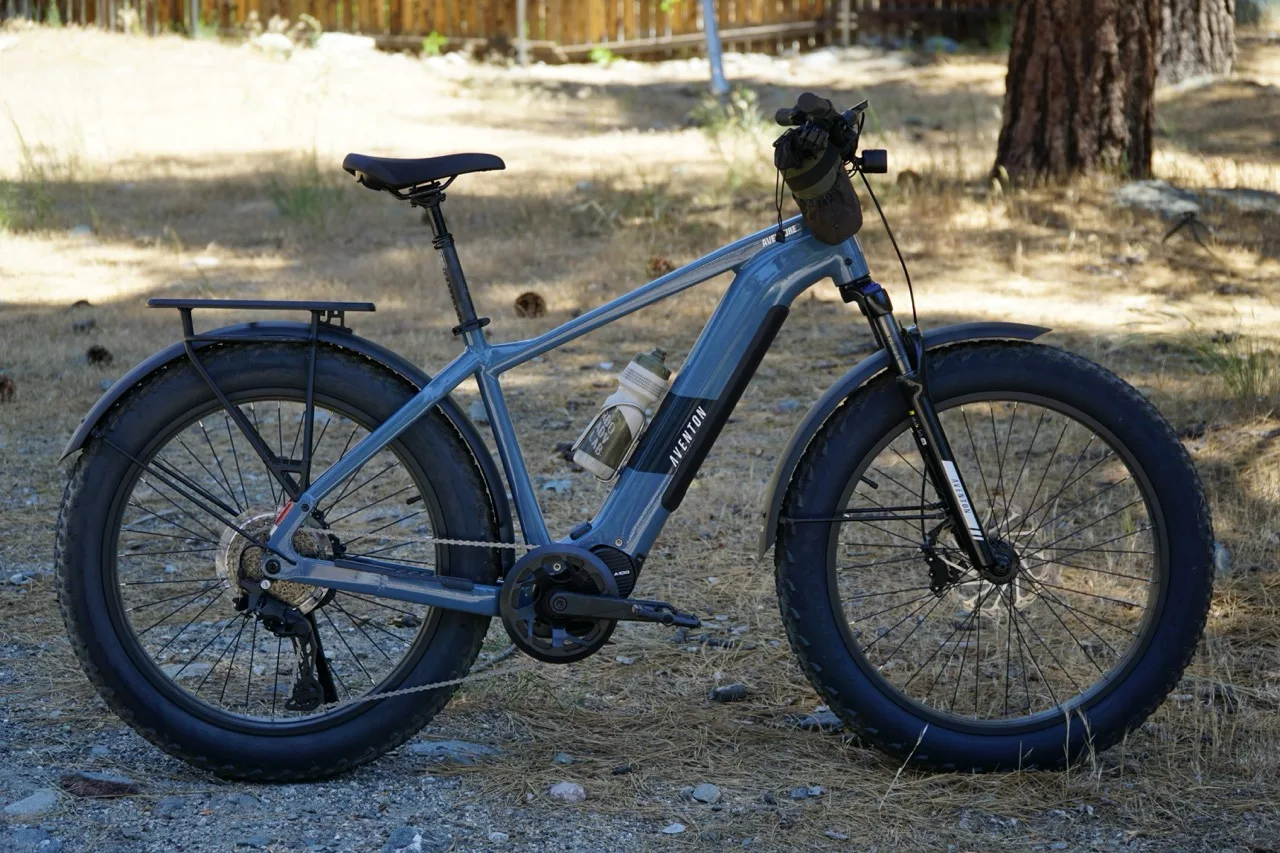
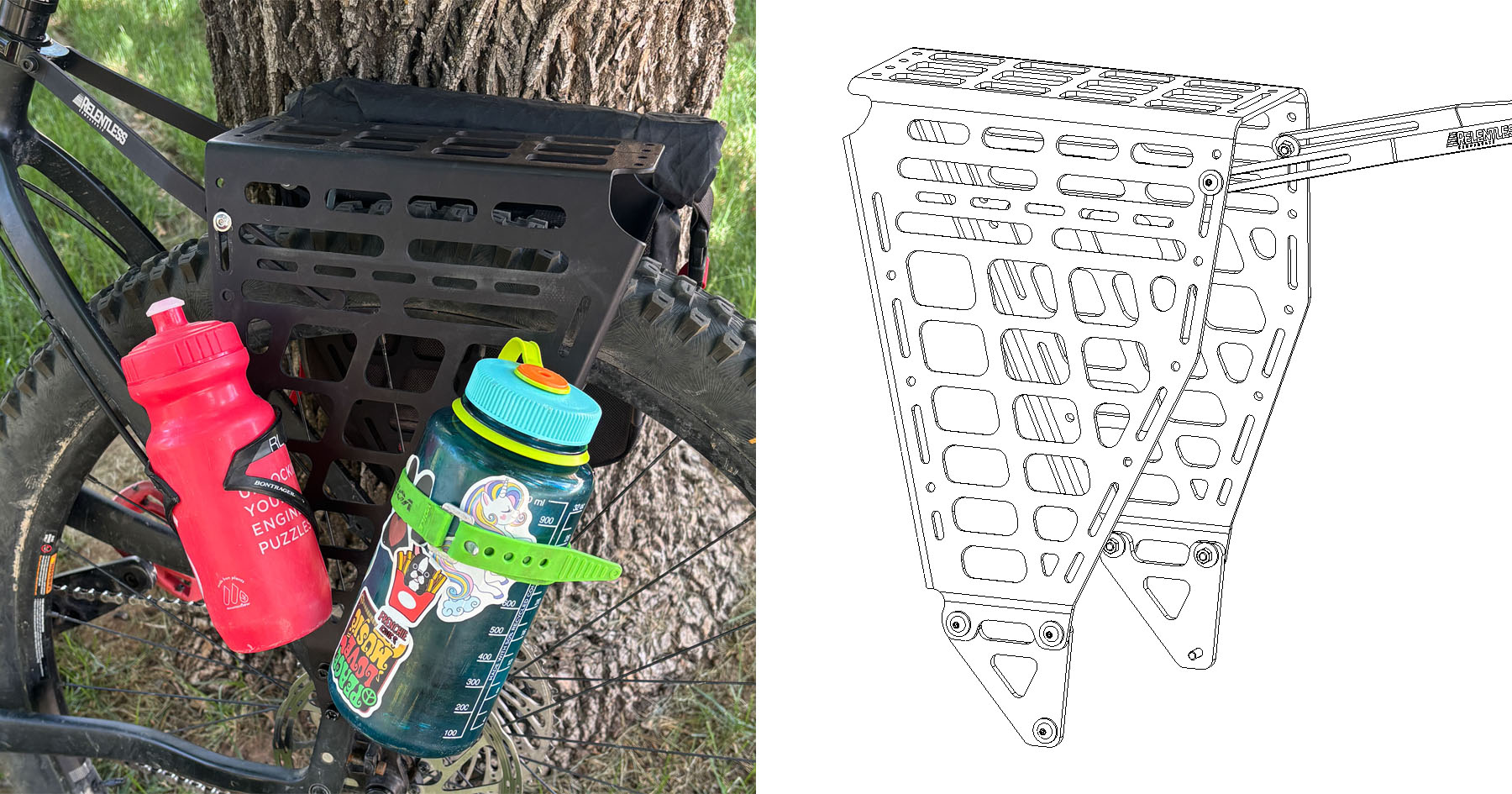
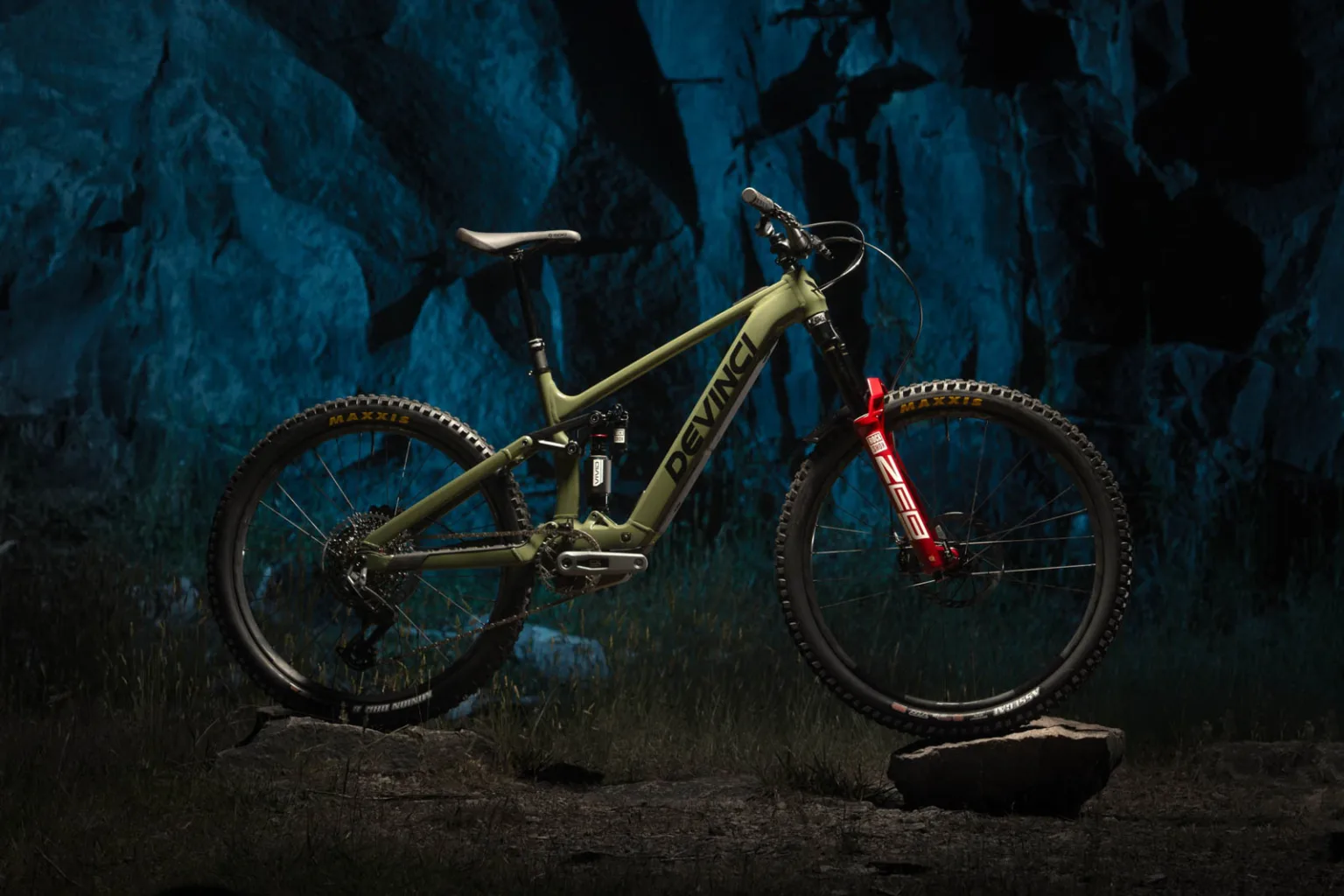

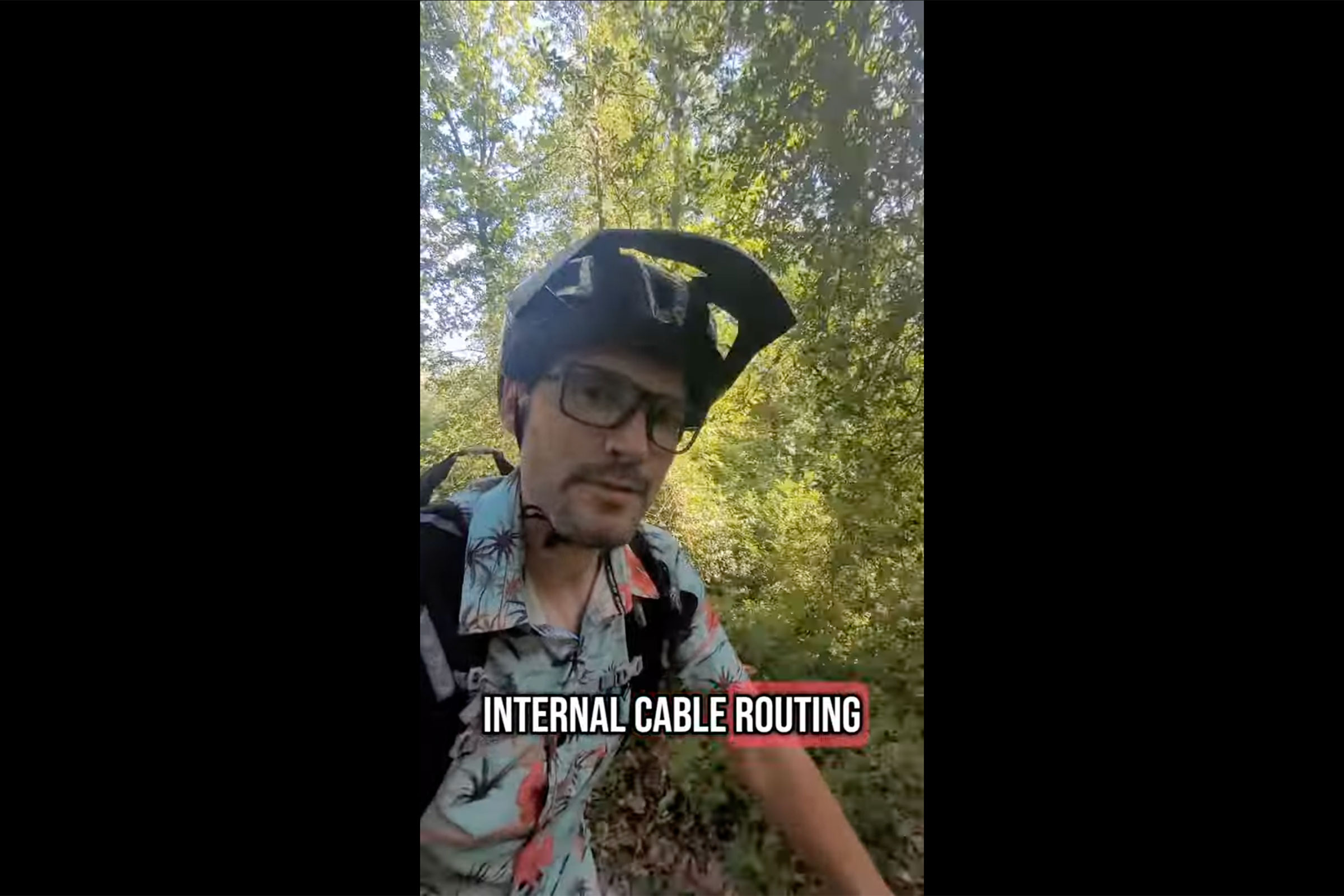


 English (US) ·
English (US) ·  French (CA) ·
French (CA) ·  French (FR) ·
French (FR) ·